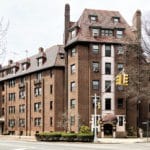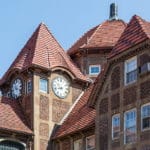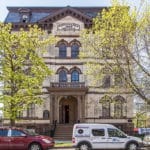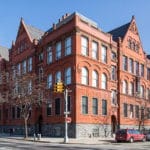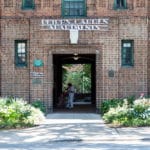Queens is by far New York City’s largest borough – and it would have been much larger still if it didn’t lose chunks of itself starting in 1899. (See the Curbed NY article for the blow-by-blow account.) While place names reflect the borough’s Dutch and English origins, Queens is now incredibly diverse. If it was a city unto itself, Queens would rank as the nation’s fourth-largest city, following Los Angeles, Chicago and Brooklyn. It is said to be the most linguistically diverse place on earth – 138 languages spoken, and among the most ethnically diverse places in the United States. Almost half of the county’s population is foreign-born, and more than half of the residents speak a language other than English in the home.
Like the city’s other boroughs, Queens has dozens of neighborhoods; we natives (yes, the author lives in Queens) identify more with our neighborhood than with the borough. Neighborhood boundaries are pretty fluid; there’s lots of overlap, with no official borders. These neighborhoods are remnants of the dozens of villages and towns formed in the 17th to 19th centuries. Each of those towns had its own local street grid, which eventually expanded into the crazy pattern of today.
Queens has 15% of New York City’s private-sector jobs (Wikipedia), but the borough is still essentially Manhattan’s bedroom. Apartment house is the predominant building type. Three communities of note, architecturally: Sunnyside Gardens and Jackson Heights, both Historic Landmark Districts, and Forest Hills Gardens, an enclave of Tudor-style homes originally conceived as affordable housing (though now some of the priciest real estate in the city).
- Wikipedia: Queens
- Official Website: New York State Queens County page
- Official Website: Queens Borough President
- Tourism Website: nycgo.com
- Google Map
- Landmark Map
- Related: Curbed, New York – How Queens Became New York City’s Largest Borough
- For Your Bookshelf: Walking Queens: 30 Tours for Discovering the Diverse Communities, Historic Places, and Natural Treasures of New York City’s Largest Borough
Queens Photo Galleries
Many more photo galleries to come!
